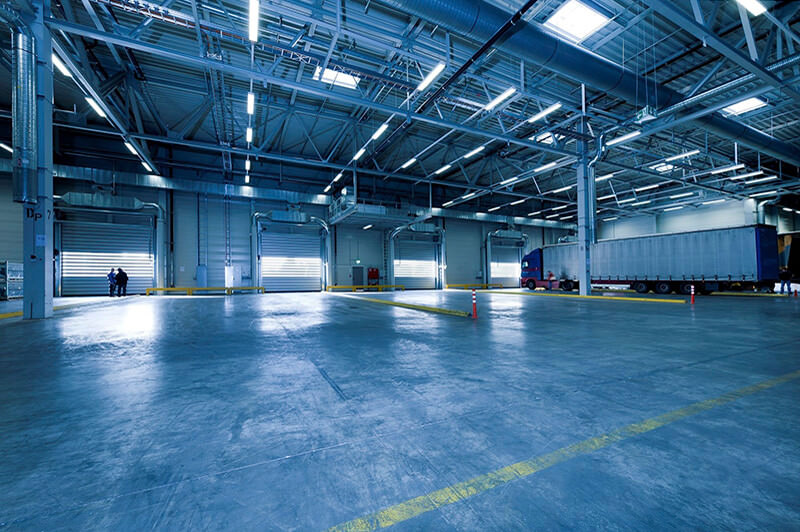Digitaly Secured Community
In an era dominated by technology, the concept of a digitally secured community has gained significant traction. As communities become more interconnected, the need for advanced digital security measures becomes paramount to protect residents, assets, and sensitive information. This article explores the evolution of digitally secured communities, examining the technologies and practices that contribute to creating a safe and resilient living environment.
The Foundation of Digital Security:
- Smart Infrastructure: Digitally secured communities often begin with the implementation of smart infrastructure. From smart homes to connected utilities, integrating technology into the very fabric of the community lays the groundwork for advanced security measures. Smart sensors, surveillance systems, and automated processes contribute to a proactive security posture.
- Biometric Access Control: Traditional keys and access cards are gradually being replaced by biometric access control systems. Fingerprint scans, facial recognition, and other biometric identifiers enhance security by ensuring that only authorized individuals can access specific areas or services within the community.
- Cybersecurity Protocols: Digital security extends beyond physical access controls. Robust cybersecurity protocols are crucial to safeguard sensitive data and communication networks within a community. This includes secure Wi-Fi networks, encrypted communication channels, and regular software updates to patch vulnerabilities.
- Integrated Surveillance Systems: Video surveillance has become a staple in digitally secured communities. Advanced cameras equipped with artificial intelligence (AI) can detect unusual activities, recognize faces, and provide real-time alerts to security personnel. This integration enhances situational awareness and response times.
Enhancing Resident Safety:
- Emergency Response Systems: Digitally secured communities prioritize resident safety by implementing advanced emergency response systems. Smart alarms, automated emergency notifications, and real-time communication platforms empower residents to react swiftly in case of emergencies.
- Smart Lighting and Environmental Monitoring: Lighting plays a crucial role in community safety. Smart lighting systems, coupled with environmental monitoring, can deter potential threats. Motion-activated lights and sensors that detect anomalies contribute to a safer and more secure environment.
- Community Apps for Reporting and Communication: Mobile applications designed for community engagement and security play a pivotal role. These apps enable residents to report incidents, access emergency services, and stay informed about community updates. Real-time communication fosters a sense of collective security.
Future Trends and Considerations:
- Artificial Intelligence and Predictive Analytics: The integration of artificial intelligence and predictive analytics is on the horizon for digitally secured communities. These technologies can analyze data patterns to predict potential security threats, allowing for proactive measures to be taken before an incident occurs.
- Blockchain for Enhanced Data Security: Blockchain technology is being explored to enhance data security and privacy within communities. By decentralizing and encrypting data, blockchain can provide a secure and transparent framework for managing community records and transactions.
- Community Training and Awareness Programs: As technology evolves, educating residents about digital security practices becomes imperative. Community-wide training programs can empower residents to recognize potential risks, follow security best practices, and actively contribute to the overall safety of the community.
Conclusion:
The evolution of digitally secured communities marks a transformative shift in how we approach safety and security. By leveraging advanced technologies, from biometric access control to artificial intelligence, these communities are not just protecting physical spaces but creating a digital fortress that extends to every aspect of residents' lives. As innovation continues, the collaboration between technology developers, security experts, and community stakeholders will play a crucial role in shaping the future of digitally secured living environments.





